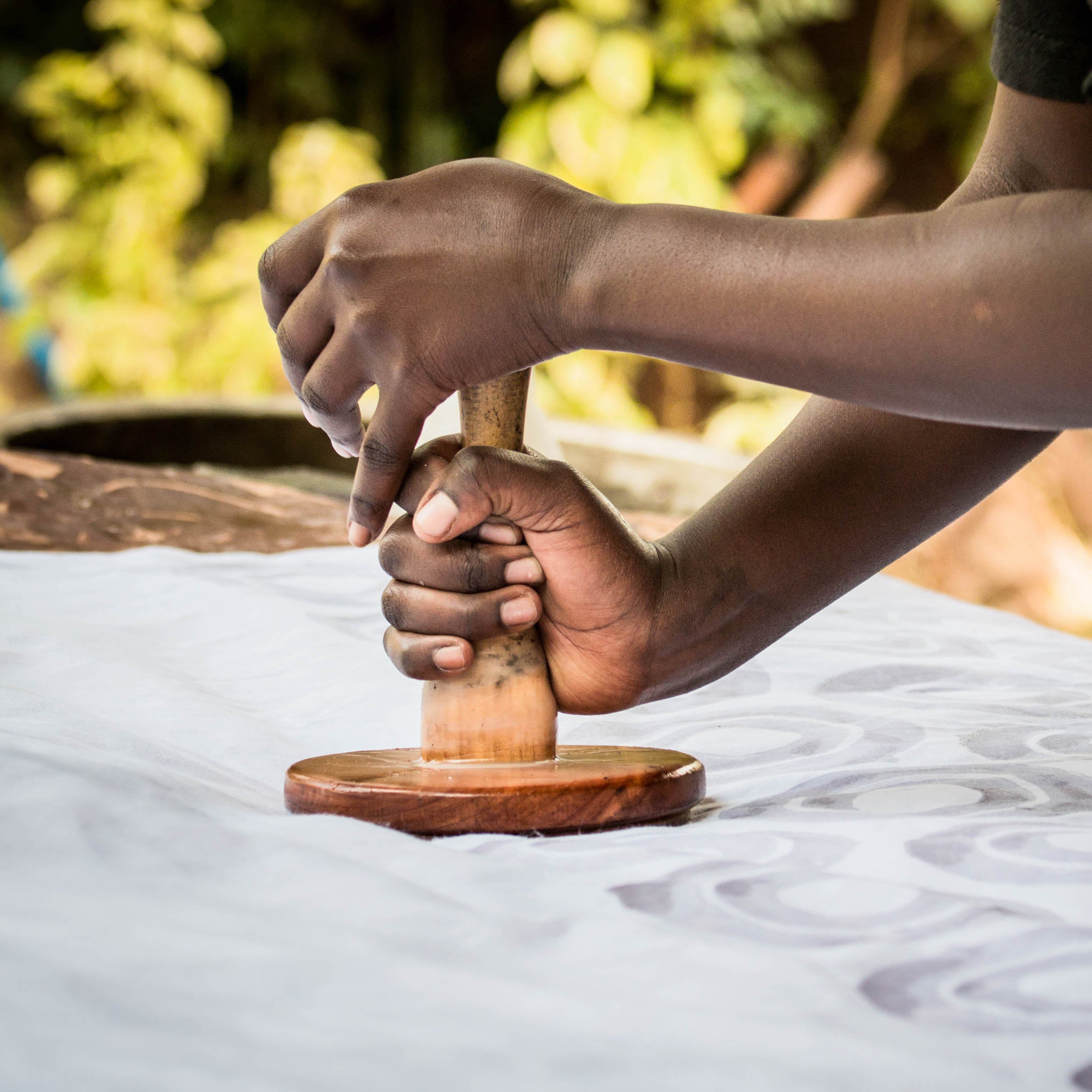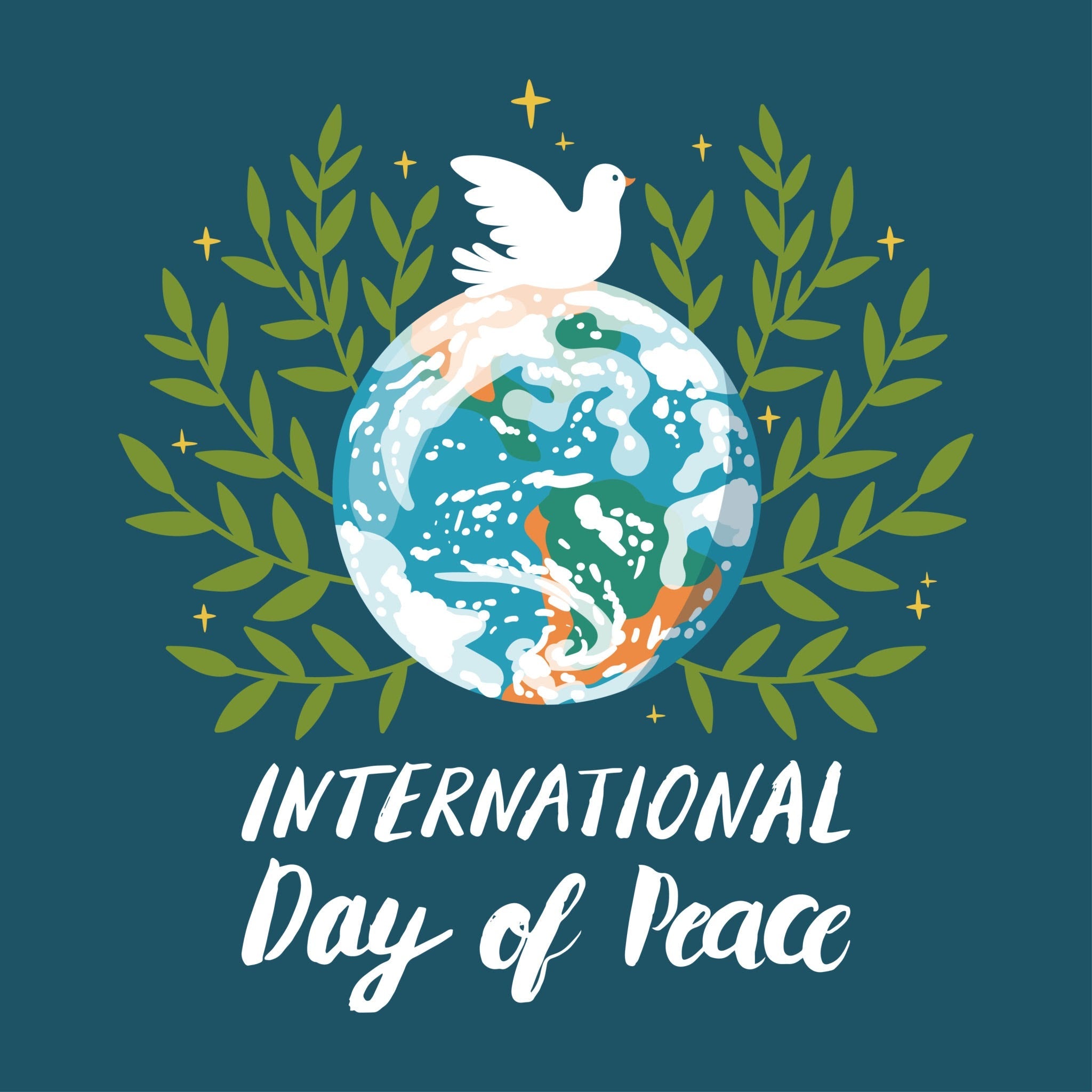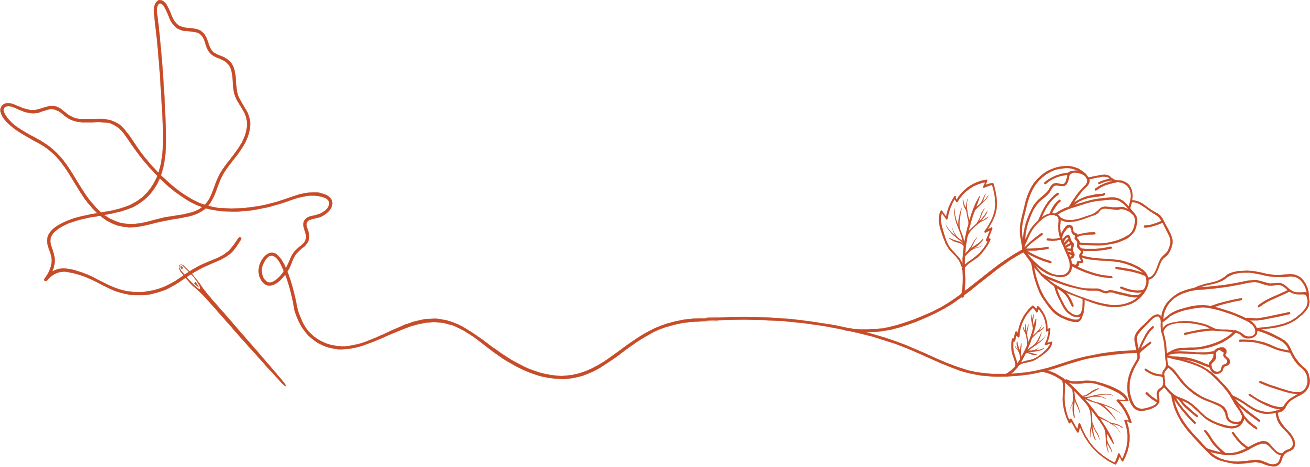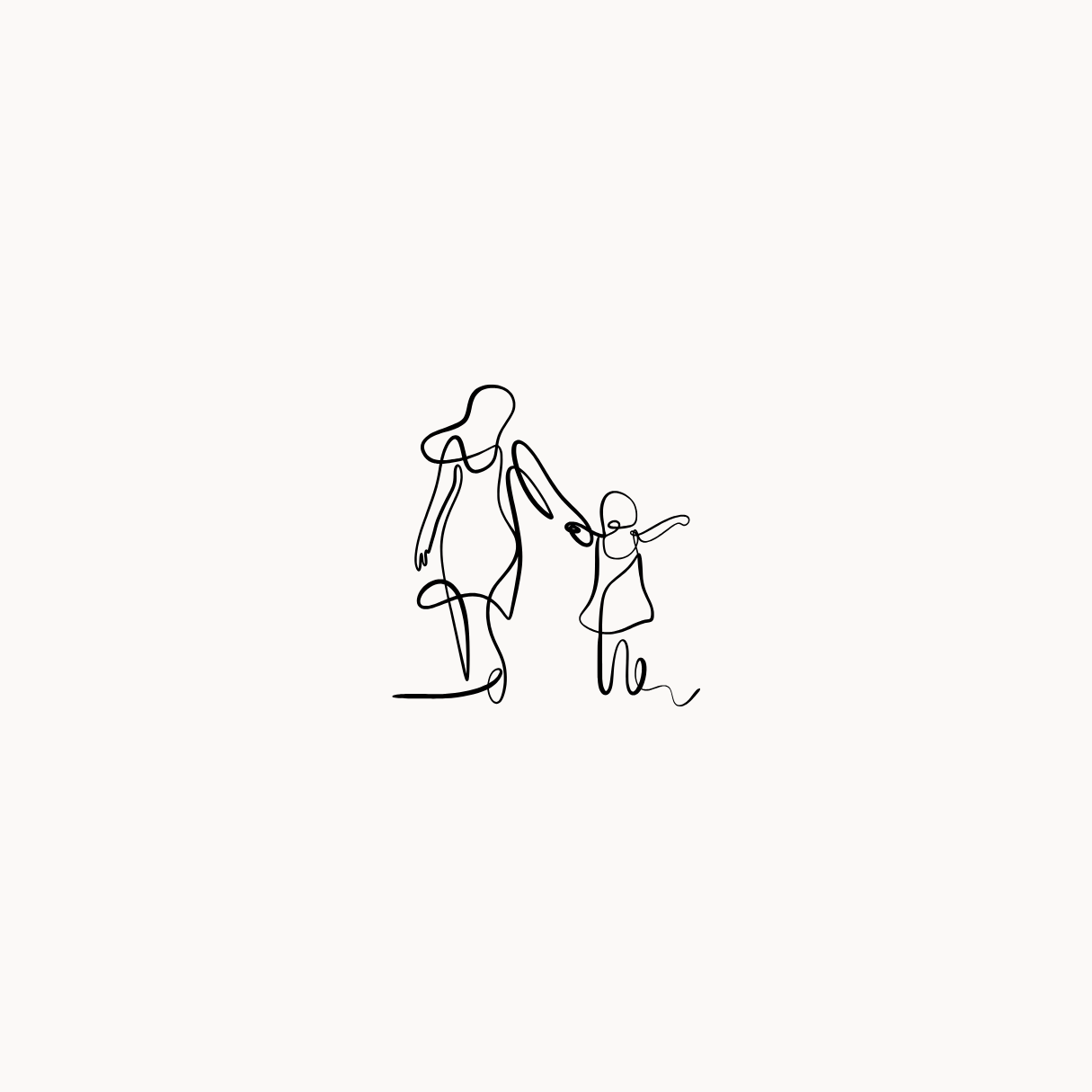Learn about the batiking process!
Batiking is traditional technique in Africa, also used at Amani. It is an old practice, creating patterns and color, bringing life to fabrics. Learn more details of how the process works and create batiks for yourself!
Batiking begins by applying wax to cloth using a brush, a stamp, or a tjanting tool, a sort of ladle with a small spout that creates fine lines of
molten wax.
Once the wax is dried, we hand dye the materials by mixing a dye powder with hot water. You can choose whichever kind of
dye you would like to use for this part. You might even explore using
natural dyes made from plant extract! Make sure to remember your exact liquid measurements for each color if you would like to repeat the exact design again!
Then wash in steaming hot water comes next to remove the wax, causing intricate patterns to stand out boldly through the vibrant colors.
Once the material no longer bleeds, we hang to dry.
Lastly, the batik is ironed and cut for Amani women to use! Women in the sewing department create various products, like hot pads, oven mitt, placemats, table runners, napkins, aprons, etc. Batik products leave our Kenya center to Amani Chattanooga, wholesale partners, or volunteer boxes. They eventually find their way into the homes of customers. Batiks are a way for Amani women to thoughtfully create from start to finish.
Batiking production at Amani Kenya is just one of the many ways lives are changed at Amani. Women not only develop valuable skills and earn the means to support their families, they also heal and grow in fellowship with one another. Peace transcends into their lives, families, and communities. "I have changed a lot. When I came to Amani I wasn't able to forgive those who wronged me. Now I can forgive." - Nelly
Want to see for yourself? Watch this video of Lucy, one of the founding Amani ya Juu women, explain the batik process
here.
Shop Batik Products here!























Leave a comment
This site is protected by hCaptcha and the hCaptcha Privacy Policy and Terms of Service apply.